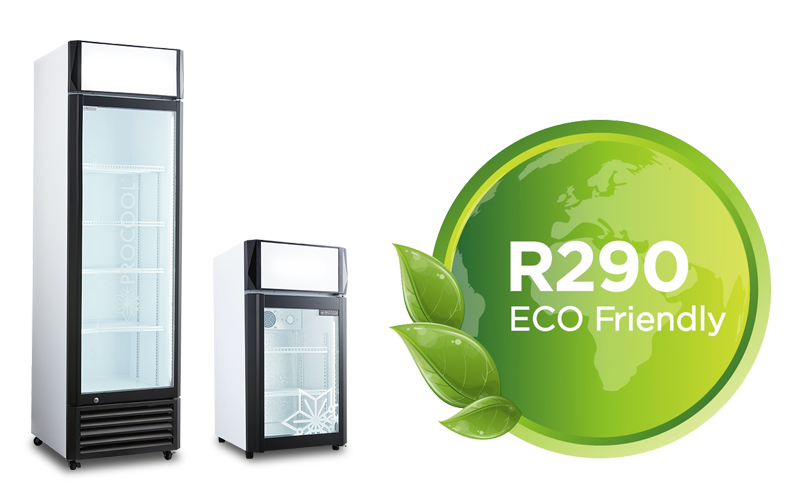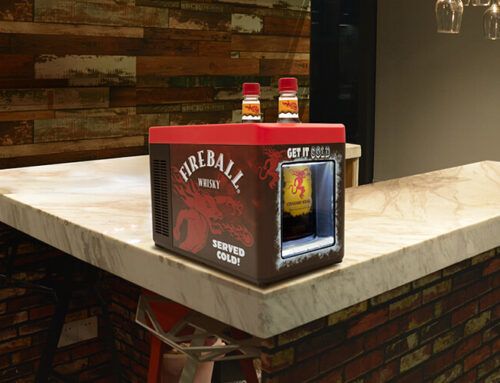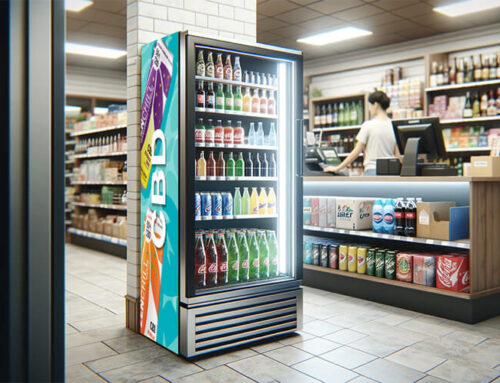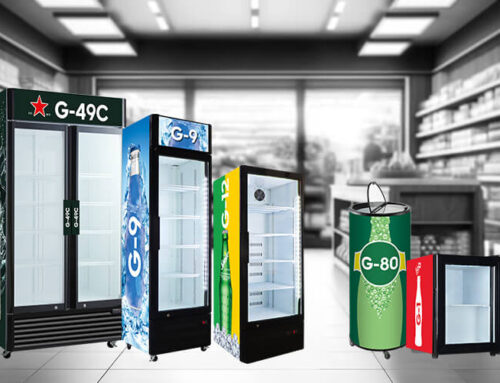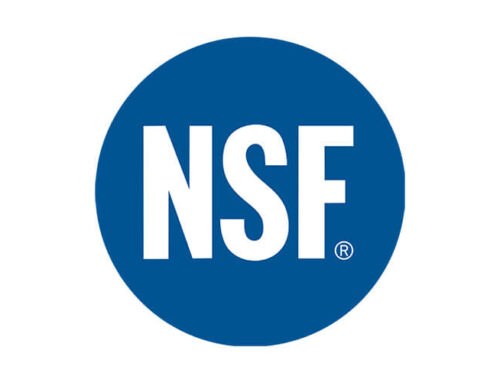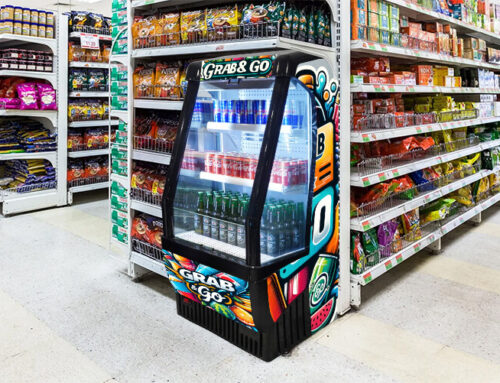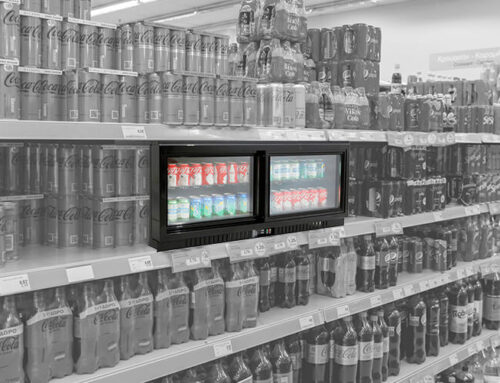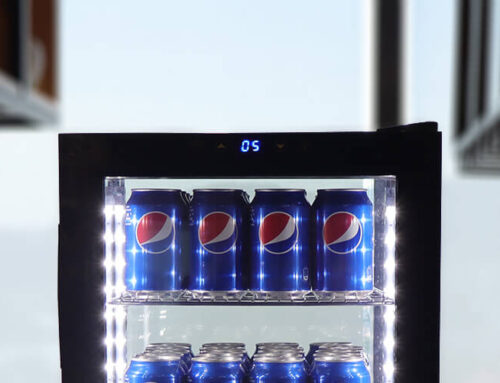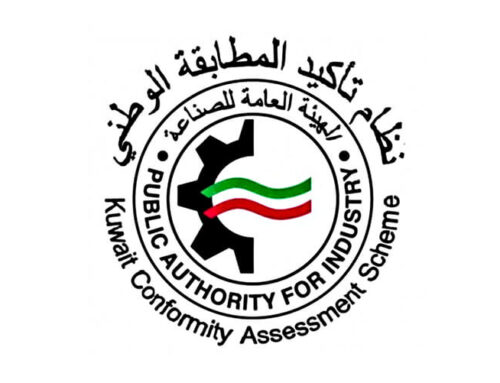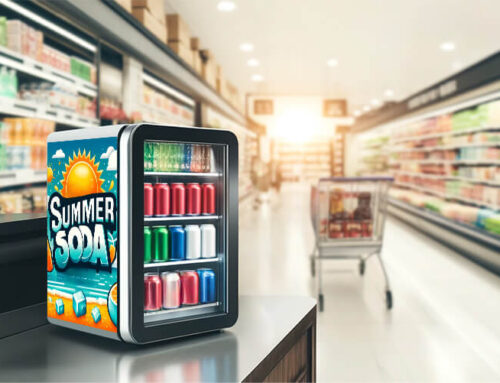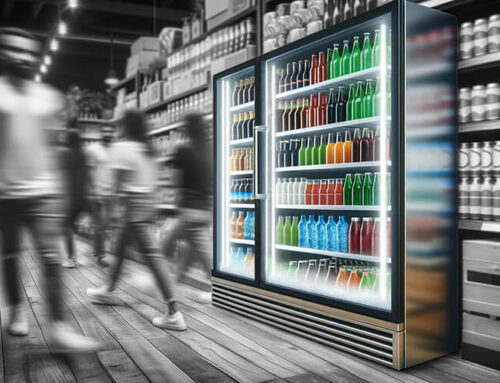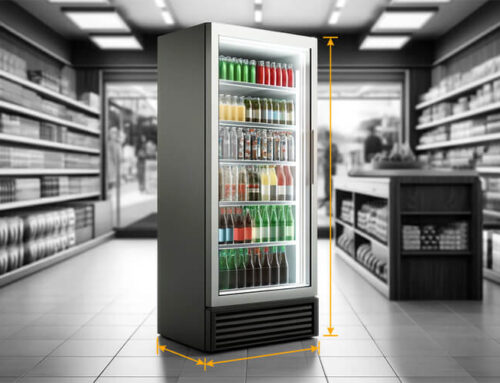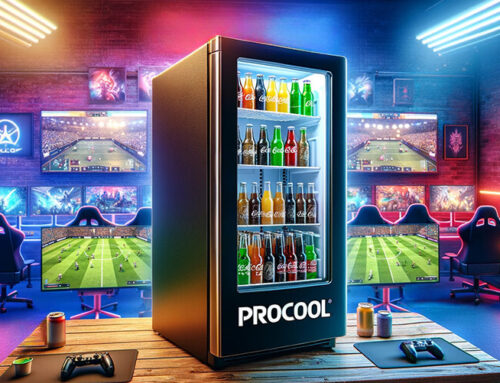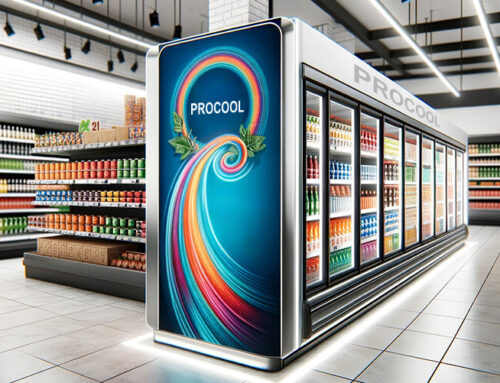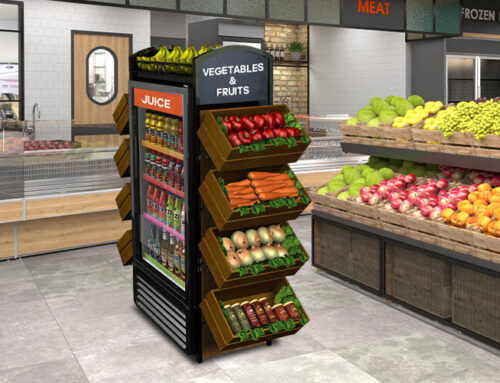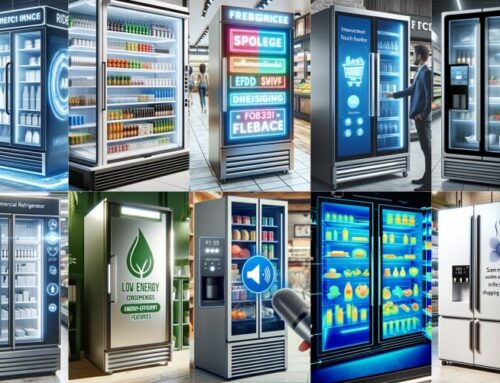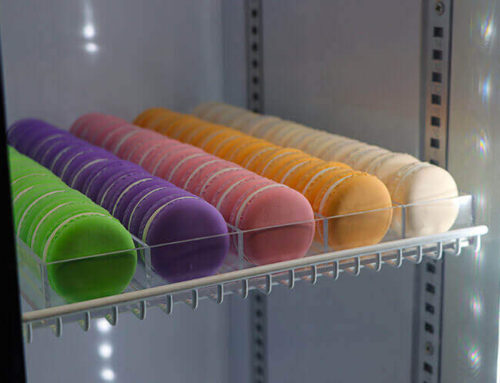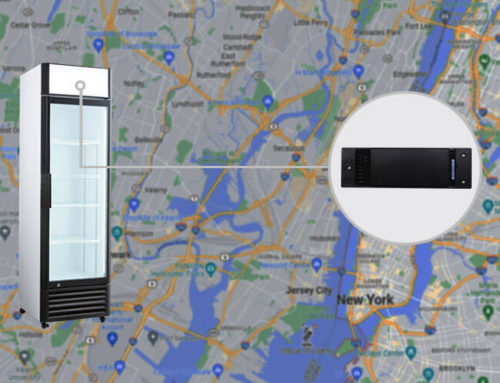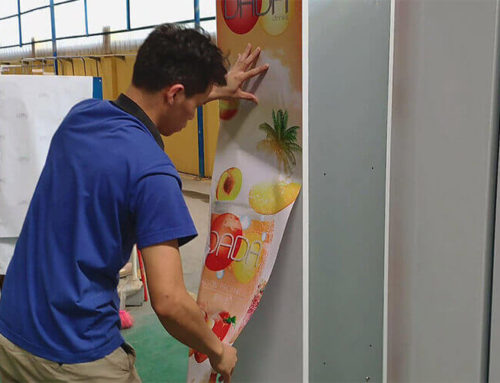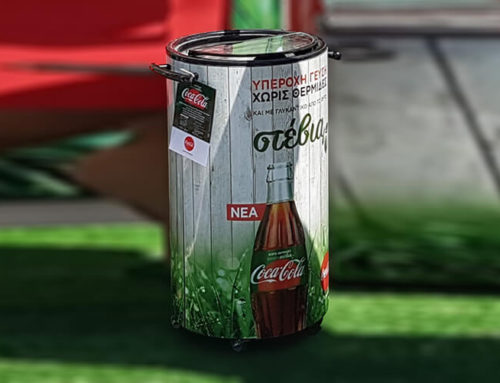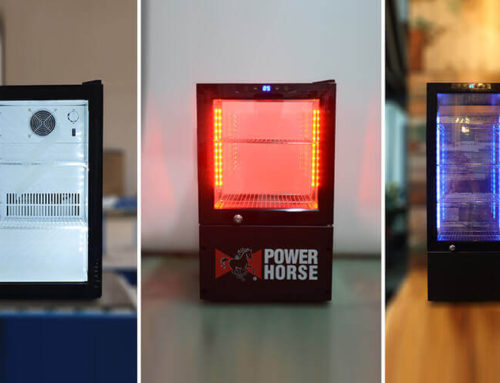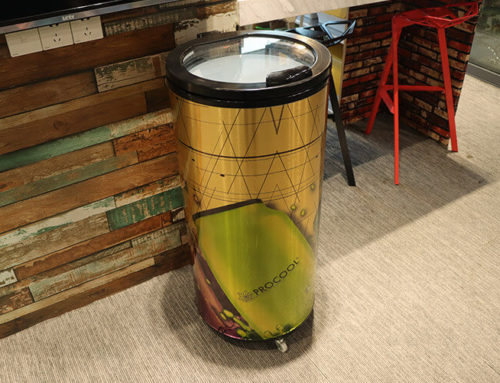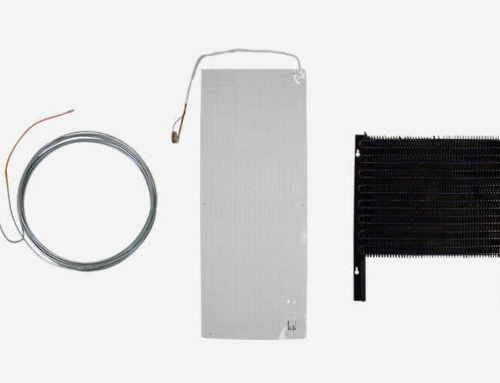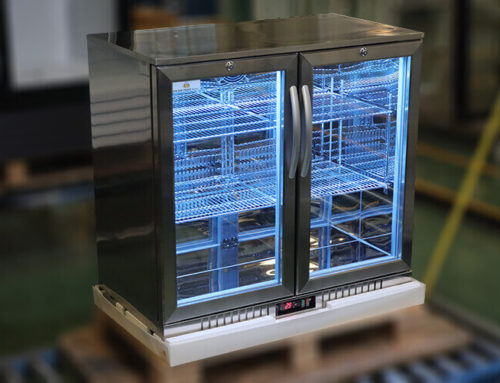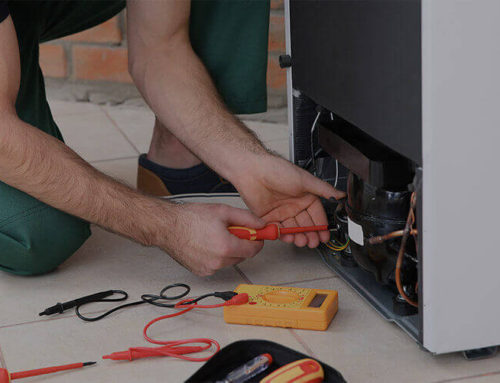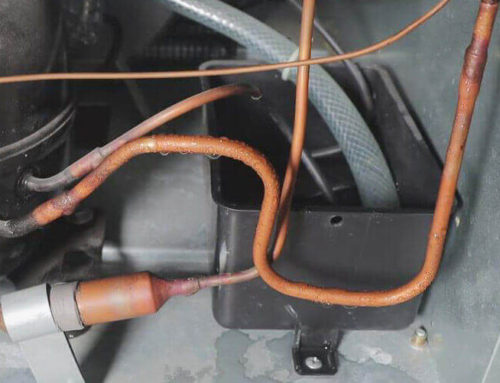Application of R290 in Commercial Refrigerator
Along with the increasing environmental awareness, people began to pay attention to the impact of the greenhouse effect on the human living environment. China started to vigorously promote the use of natural refrigerants to eliminate those HCFC refrigerants with the greater greenhouse effect. R290 is a natural and environmentally friendly refrigerant. It was successfully developed in 2004 and is widely used in large commercial refrigerators. Even in the stubborn North American market which seldom makes changes, R290 is also gradually being widely used. We need to study the application technology of R290, find the problems in its application, and formulate practical countermeasures.
In recent years, refrigerant R134a has been used in the market of the small commercial refrigerator. Such a refrigerant has the advantage that it does not destroy the ozone layer. But it has the disadvantage that there is a greenhouse effect. So, it is of great significance to actively research new types of green environmentally friendly refrigerants to replace R134a.

1. Analysis of Application Characteristics of R290
There are great differences of characteristics between R290 and the refrigerants commonly used in other small fully enclosed systems. Therefore, in many cases, detailed design needs to be carried out in a targeted manner.
· Working Pressure
When the evaporation temperature is -25 °C, the working pressure of R290 is 190% of R134a. And it is about 80% of R404A. So when designing the evaporator, it needs to be similar to R404A. If condensed at 50 °C, the working pressure of R290 is 140% of R134a, and 73% of R404A. So the pipeline of the original system of R404A can meet the R290 requirements in terms of pressure resistance. According to relevant research and verification, the φ8 wall thickness 0.71mm galvanized steel pipe can meet the pressure resistance requirements of the evaporator. And for the φ6 wall thickness 0.71mm galvanized steel pipe, the pressure resistance requirement of the condenser can be satisfied.
· Filling of Refrigerant
For the refrigeration system of the R404A or R134a, if we do not change the condenser and evaporator, the filling volume of R290 is 40% of them. As to the relevant standards, for a single refrigeration cycle system, the maximum filling volume of R290 is 150g. In order to meet this standard, you should take the following measures in the design process: reduce the appropriateness of the inner diameter of the condensing line; shorten the length of the condenser, increase the heat exchange efficiency; reduce the volume of the evaporator, and improve the heat exchange efficiency. By the above measures, the same type of commercial refrigerator will be reduced from the original 200g to 130g in terms of perfusion.
2. Material Selection
R290 has high mutual solubility with mineral oil, as well as with polyester oil. Some R290 compressors use the same polyester oils as the R404A and R134a compressors. In the refrigeration circuit, R290 has no active chemicals and therefore has no specific problems. There are very few compatibility problems with direct materials. Still, some problems have arisen in plastics and rubber. But these materials do not usually exist in small, fully enclosed systems. For small commercial refrigerators, we commonly use molecular sieves as desiccants. For R290, it is preferable to select a material with a pore size of 3 angstroms, similar to R134a. The pen-shaped drying filter used in R134a can be applied in the R290 system as long as it meets the requirements of GB4706.13. Practices show that there is no problem with this usage.
3. Reasonable Choice of Throttling Device for Refrigeration System
Capillary pipe throttling is a reliable and economical way to small commercial refrigerators. For commercial refrigerators with the same performance and specifications, the flow rate of the capillary pipe is the same as that of the R404A system. As to the refrigeration characteristics of propane, when the proper overheating occurs in the return air, the system will improve the cooling efficiency. So the capillary pipe needs to be exchanged with the return air pipe. In terms of structure, the system similar to R404A can be borrowed. The commercial refrigerators that originally use the R404A system can directly use the main components of the cooling system if they change the system to R290.
4. Safety Measures to Be Taken When Designing the Coolers
· Measures to Reduce Refrigerant Leakage
The piping must meet the pressure requirements.
(1) The pipeline must meet the pressure requirements. The high-pressure side of the system must withstand 3.5 times the propane 70 °C saturation pressure, ie 87 bar. And the low-pressure end must withstand 5 times the propane 20 °C saturation pressure, ie 36.8 bar.
(2) When designing the pipeline, it is also necessary to reduce the solder joints as much as possible to avoid solder leakage.
(3) If it is a large refrigeration system, and the filling volume is greater than 150g, it needs to be decomposed into two relatively independent small systems. And the filling volume of each small system is less than 150g.
(4) It is preferable that the evaporator does not have a portion exposed outside the foam layer. In this way, even if the pipeline leaks, the speed of running outside will be greatly slowed down. It will keep the concentration of propane away from the lower explosion limit.
· Measures to Prevent Accumulation of Refrigerant Due to Leakage
In the nacelle where the fan, strong condenser and compressor are installed, as many ventilation holes as possible are required at the bottom. The corresponding molecular weight of propane is 44.2 kg/kmol and the air is 29 kg/kmol. So under the same environmental conditions, propane is greater in density than air. If propane leakage occurs in this space, propane will flow through the bottom of the nacelle to the outside of the cooler due to gravity. When the condenser fan is in operation, it will accelerate the speed of propane to run outside. The large outside space will greatly reduce the propane concentration so that the propane always remains at the lower limit of the explosion.
· Measures to Reduce Ignition Source and Combustible Source
In the specific space with the refrigeration pipeline, for the installation of electrical components, the position should be as high as possible. Compressor accessories, indicator lights and thermostats should have a high position. As the molecular weight of propane is 44.0kg/kmol, and the air is 28kg/kmol, the density of propane is larger. When it has a higher position, there will be a smaller concentration. If the propane leaks, the concentration of propane here will be below the lower explosion limit.
Through long-term practical application, if the R134a system of a cooler is replaced by the R290 system, the cooling depth will be reduced by 1 degree. And the power consumption will be reduced by 10%. In terms of safety, as long as you strictly follow the process and social norms, the probability of explosion or fire is very small. At this point, R290 is a good choice of refrigerant for commercial refrigerators. Procool’s UL Refrigerators which are selling well in the North American market, are also upgraded to R600a or R290 refrigeration systems.


